
Setting out on their first drive with guests, the Guiding team usually aims to see all of the Big Five before the end of their stay with us. Though an old phrase, the 'Big Five' is still what many guests hope to witness when they go on safari. Sometimes this is easy and can be accomplished in a single day, while other times the remaining one or two prove to be a bit more challenging. Lions, buffalo and elephants are almost always a guaranteed sighting in the Mara, whereas the other two require a guide’s intuition, expertise and a bit of luck.
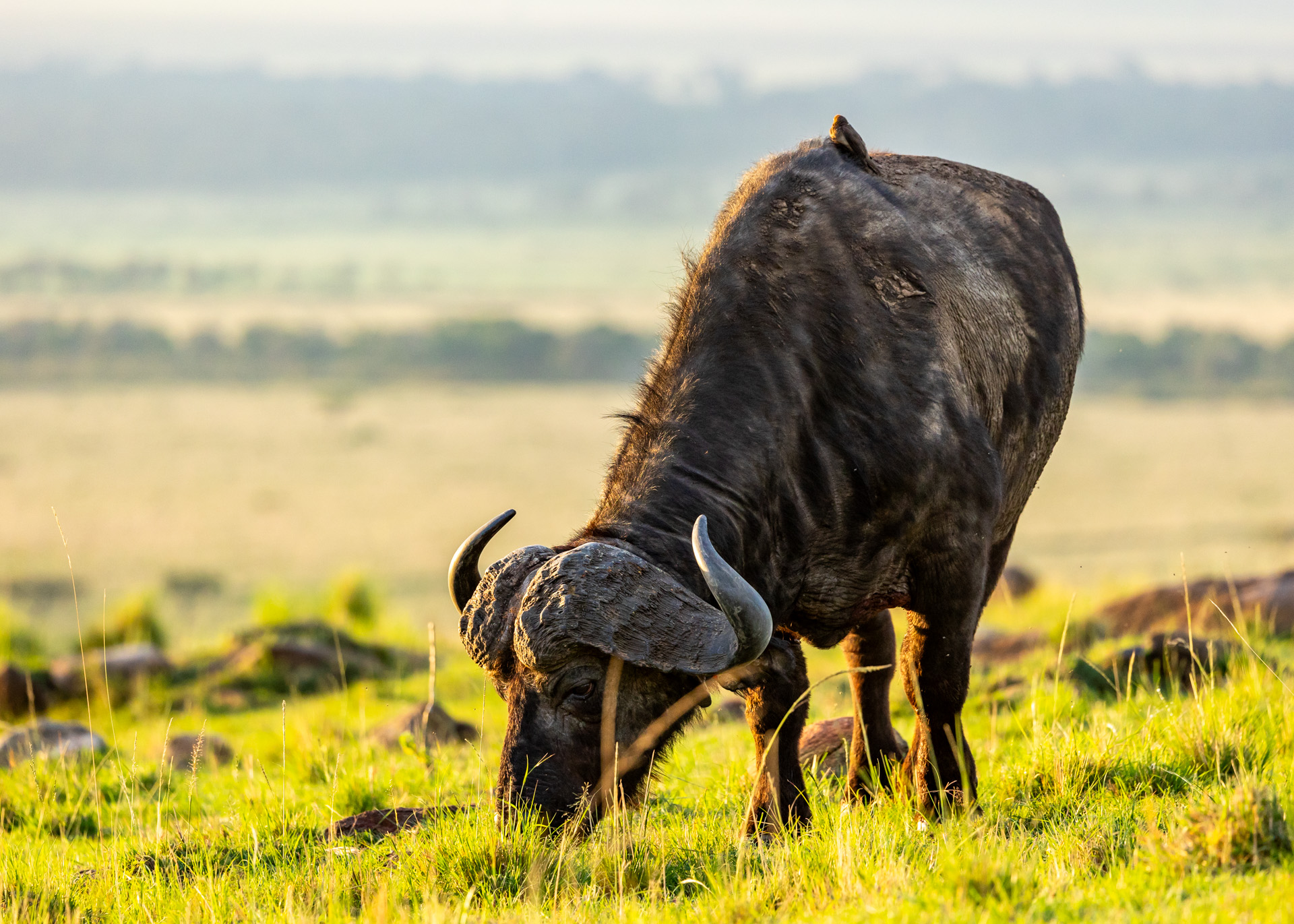
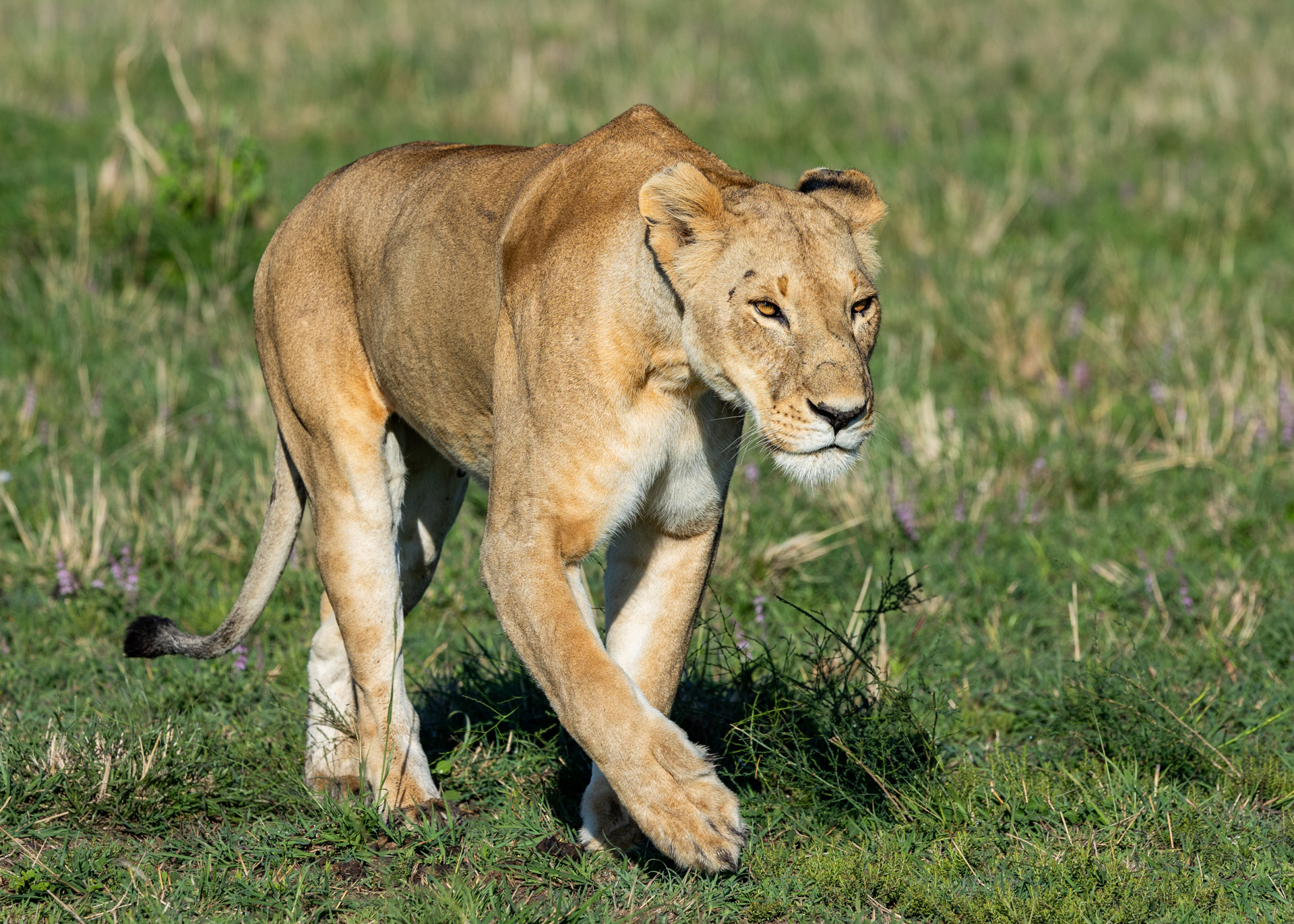

Carrying the title of the oldest leopard in the Triangle, after the demise of the beloved Shepherd, Shujaa has been quietly keeping to his territory at Maji Machafu. The big boy is in good health and we recently heard he was in the company of a female who was close by. Leopards often prove to be very challenging to witness as they are shy and elusive but Shujaa allowed these guests to tick number four off their list.
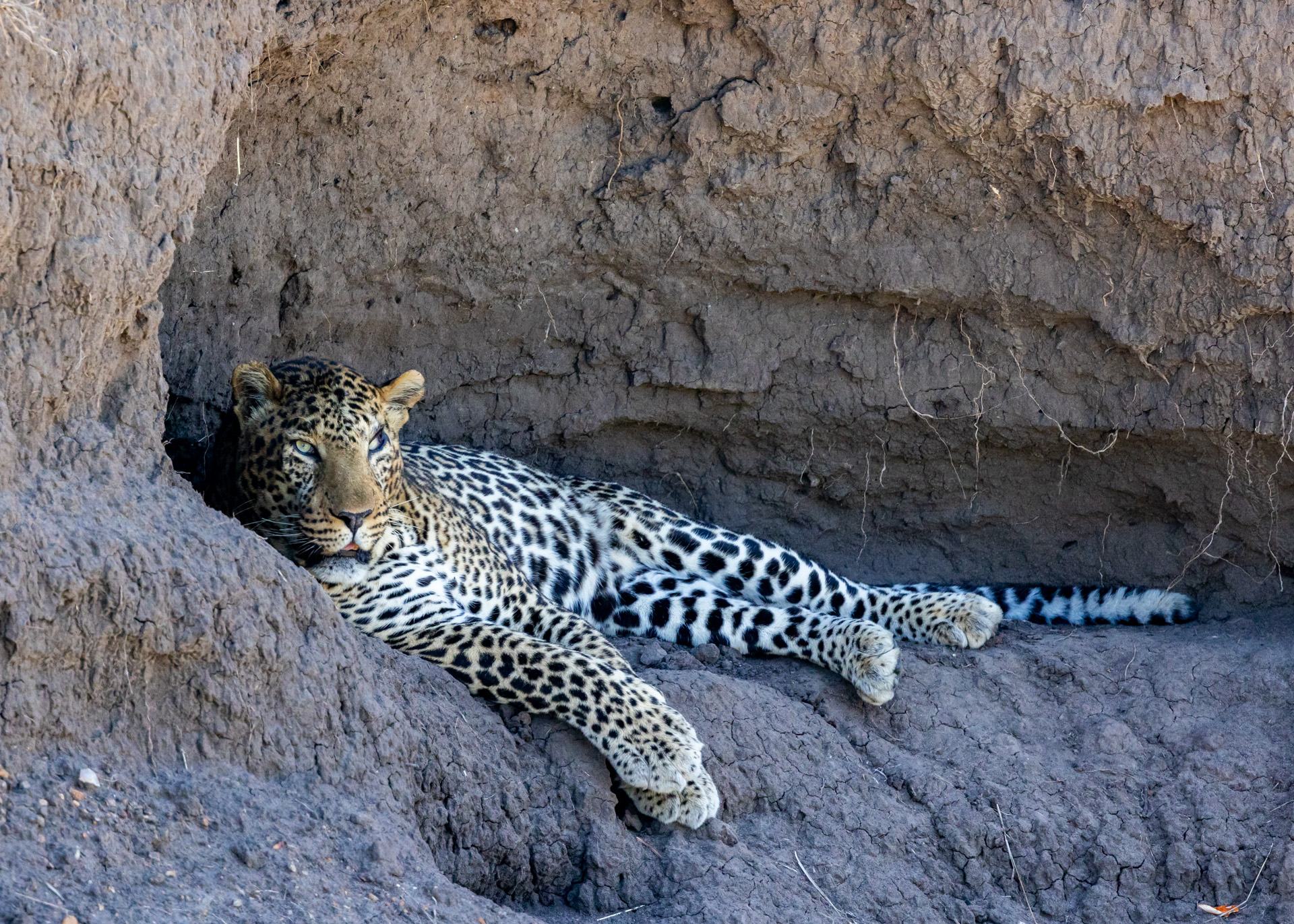
That left the ill-tempered and unpredictable tank that will charge at any unfamiliar sound or smell, so it's best to keep quiet when in their presence. Weighing in at about 1,300kgs and standing at 1.5 metres at the shoulder, black rhinos are the third biggest of the five and primarily prefer grasslands, savannahs and tropical bushlands. Browsers, rather than grazers, they feed on low-growing vegetation and their pointed prehensile upper lip is adapted for grasping and holding leaves, branches of shrubs and trees. Their two horns grow continually from the skin at their base throughout the rhino's life, like human fingernails. We gave this particular fellow a wide berth as he crossed the road but were delighted to have found all of the animals on the list before these guests departed.
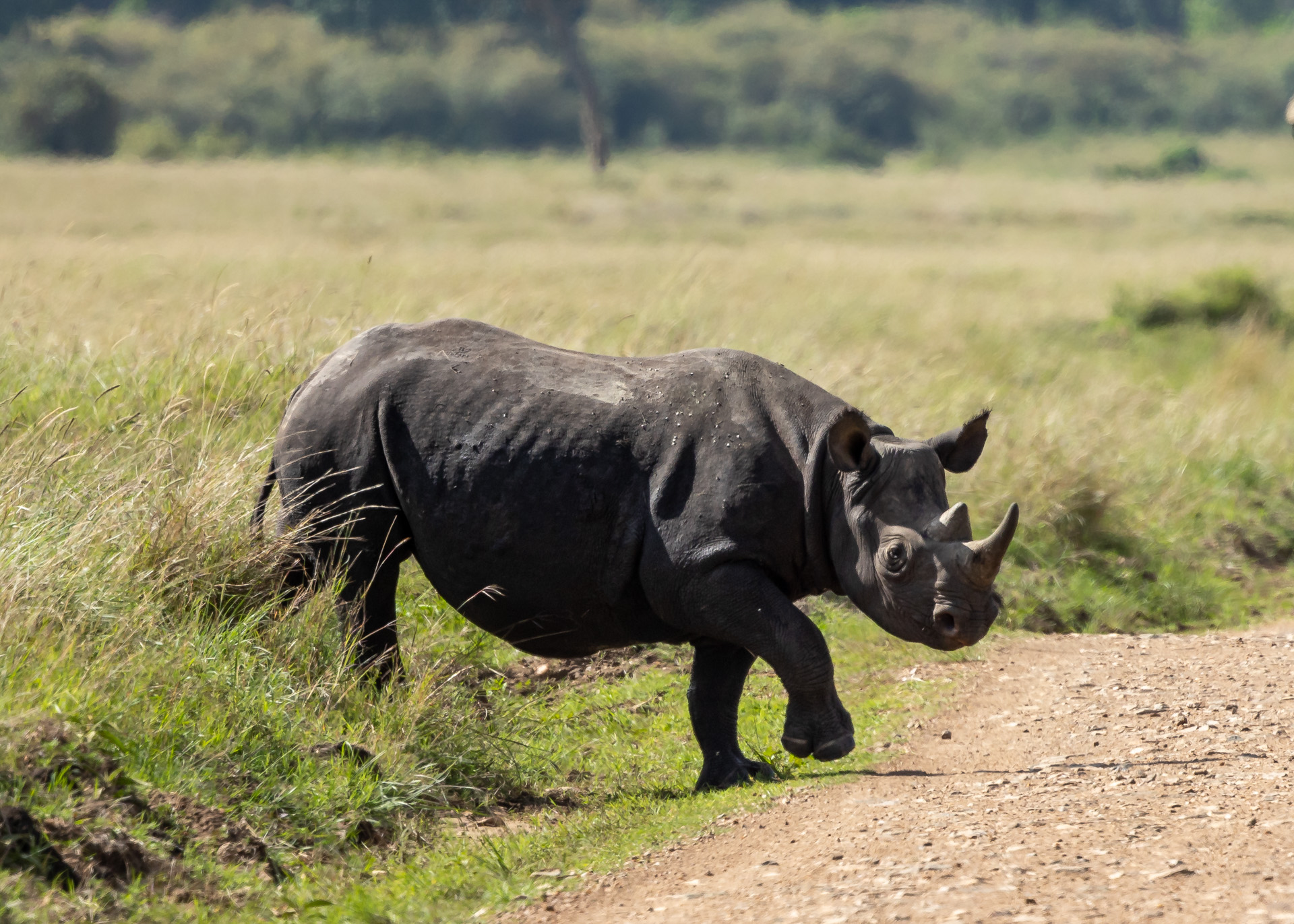
With the Migration having moved on, the Nyati Six boys are back living up to their name (nyati meaning buffalo in Swahili) as they took down another big buffalo. Though only five now it seems, the brothers are quite proficient at taking down big game as they have the numbers and the power. Full-bellied, they all lay down away from the kill to digest their food when a lone female appeared on the scene.
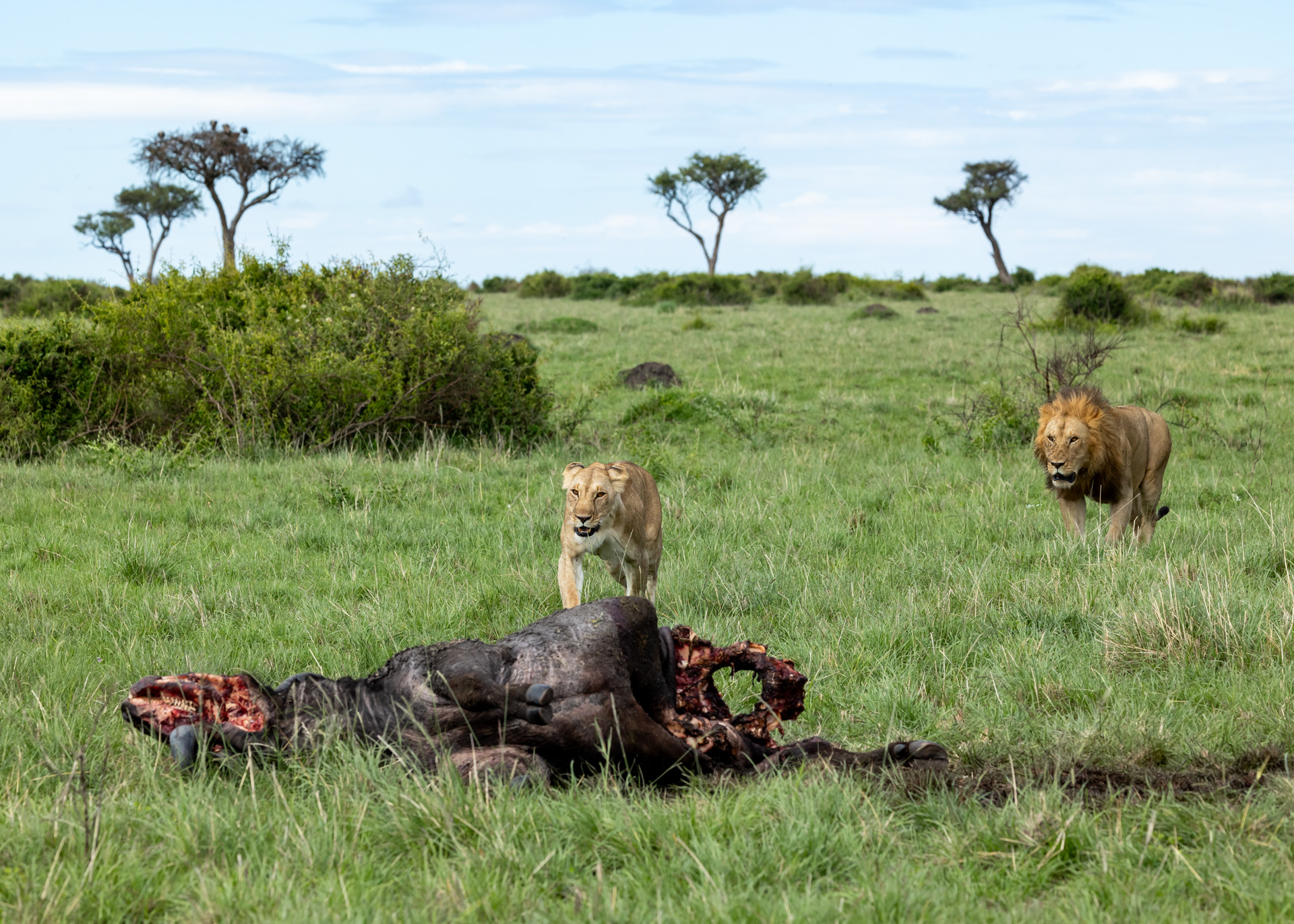

The female is from the Sausage Tree Pride and was pretending to be in season causing a raucous between the brothers — it’s not uncommon for brothers to fight over the right to mate. After asserting his dominance, one of the males was guarding the female and allowed her to approach the kill and start feeding. This was a clever trick employed by the female to get her stomach filled.

We also spotted the River Pride females out on a morning walk back to their territory after venturing a little further from their area. I counted seven females in total — and not far behind were two Bila Shaka males, Koshoke and Kiok. We haven't seen these males in a while as they have been spending more time across the Mara River.

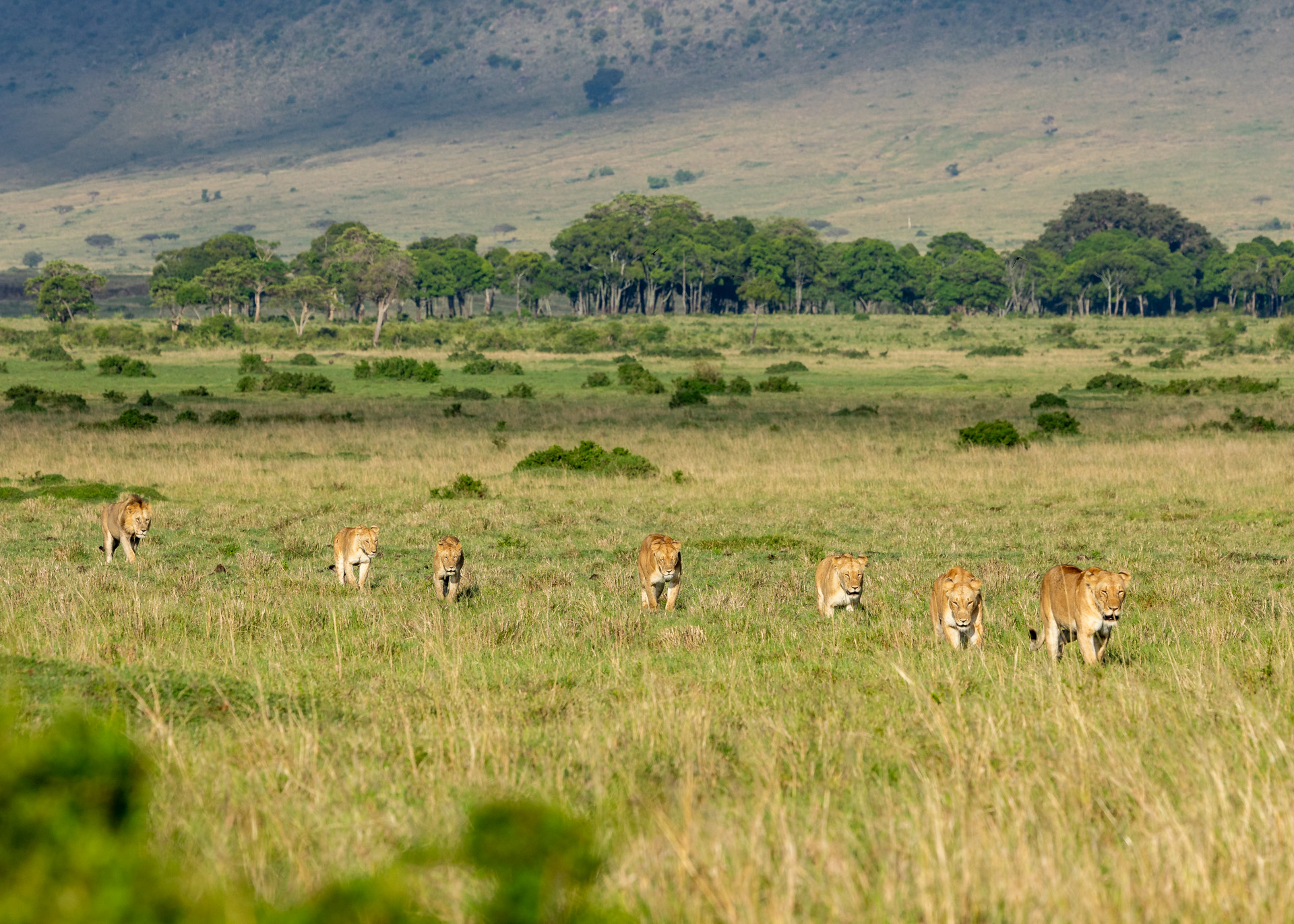
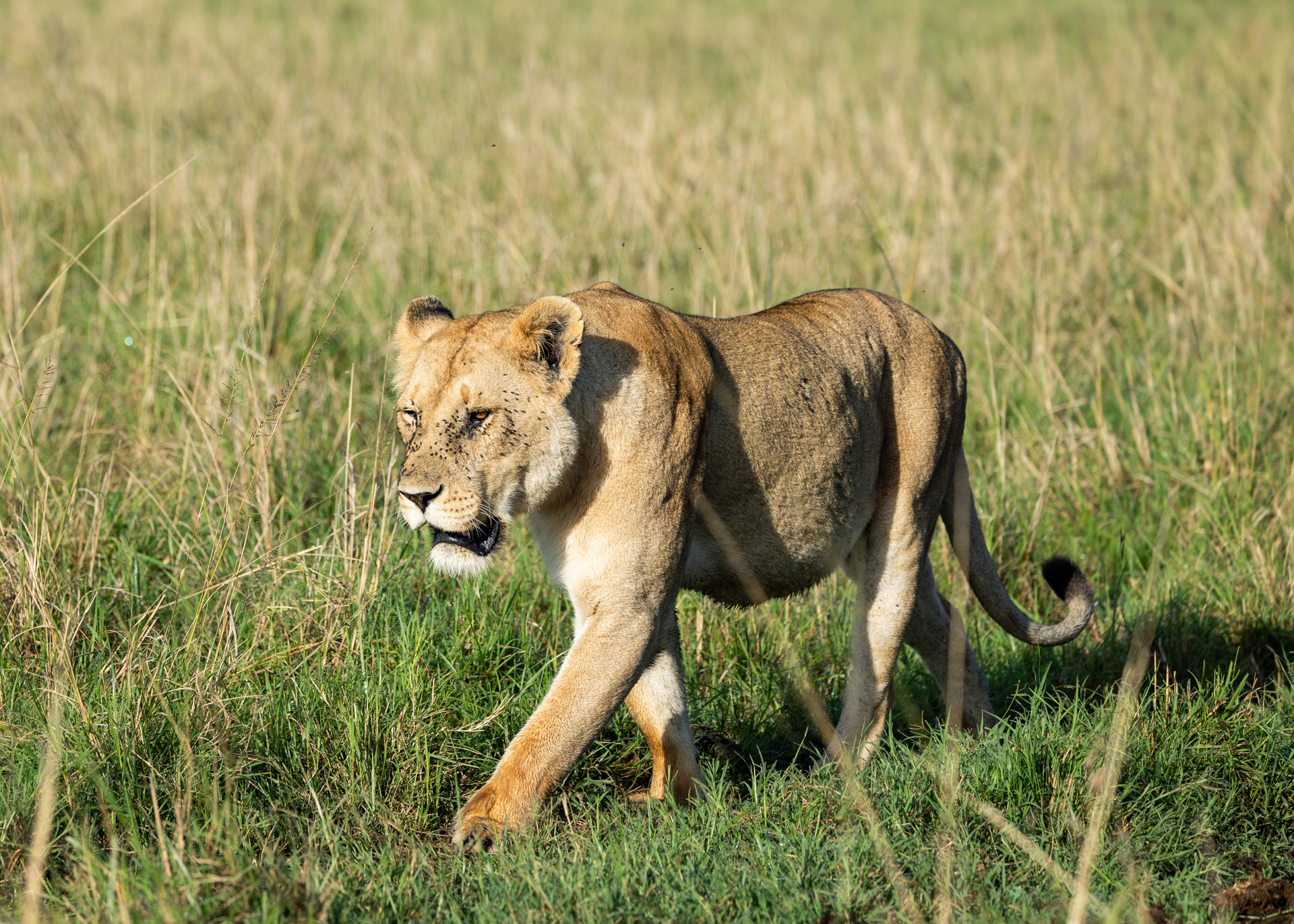
With two little cubs to feed, the Angama lioness must constantly hunt to ensure she has enough milk to breastfeed. Hunting is not easy, especially for lone lions who are part of a social species and hugely depend on one another for their success in hunting and bringing up their offspring. But luckily, sometimes food can be found lying on the ground as was the case with the young eland calf the lioness found.


Unable to see carcasses lying in the grass, predators have learned to observe birds, especially vultures, as they have an aerial view advantage. As the vultures descended, landing one by one on a tree next to the dead carcass, she approached and found it before it was decimated by the flock of savannah cleaners. After satiating herself, she carried a piece to her two little cubs.

The cheetah brothers Ruka and Rafiki are still in the Triangle, much to our delight. This week we found them under a fig tree with full bellies cooling in the shade. It will become tougher for them to hunt now with the Migration gone back down south and increased competition.

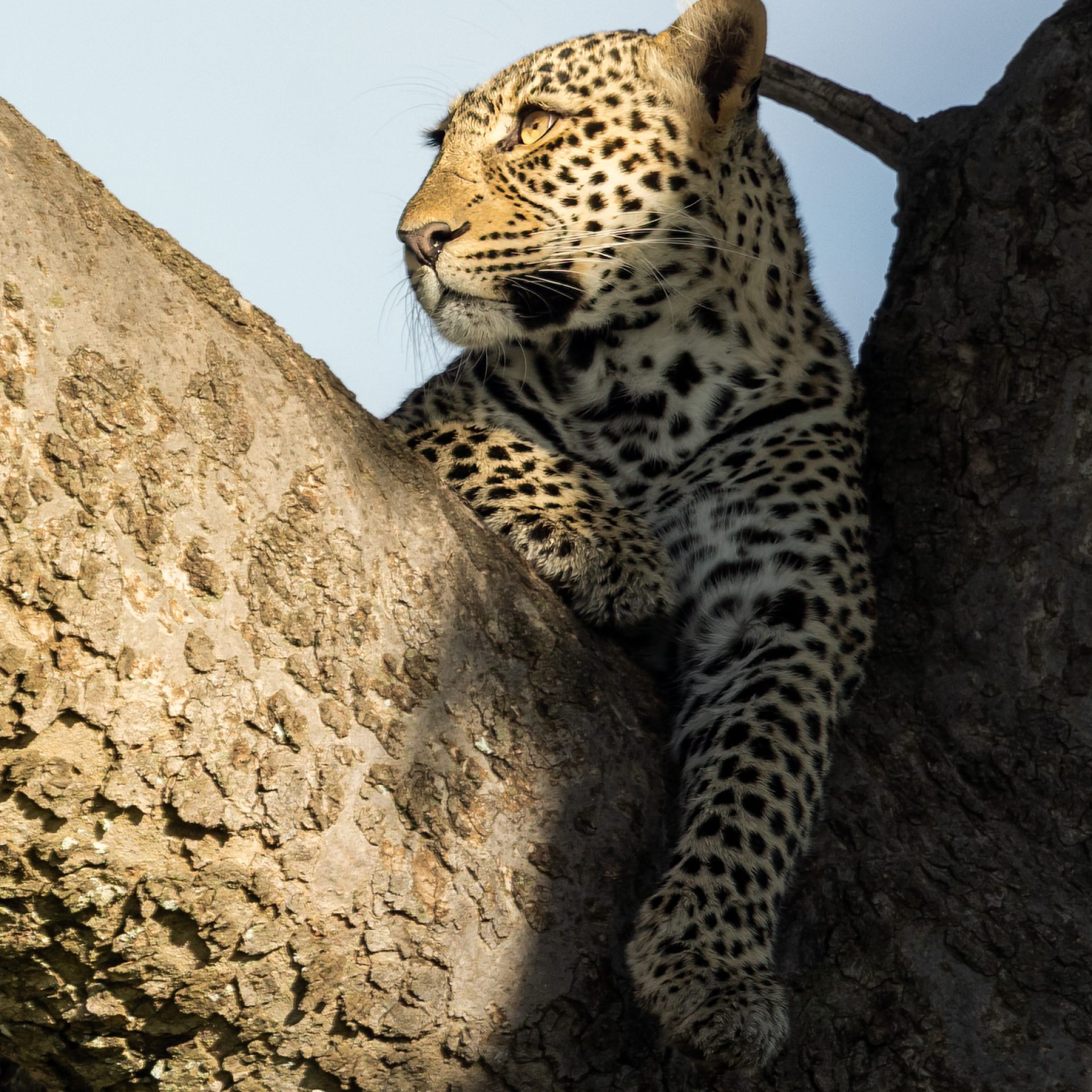
While leopards can be very elusive, their habit of stashing their kill in trees helps us see them more clearly and on a regular basis. Last year, the Salt Lick female's cub had a reedbuck stashed away and we were able to watch her over a number of days.
Filed under: This Week at Angama
Subscribe for Weekly Stories
Comments (0):
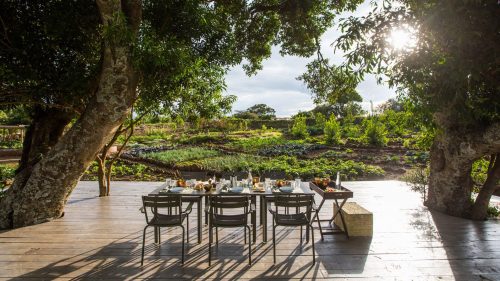
The Angama Shamba